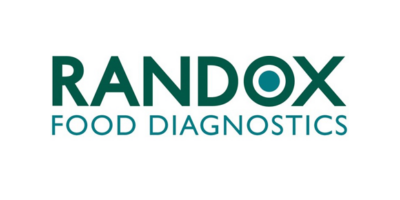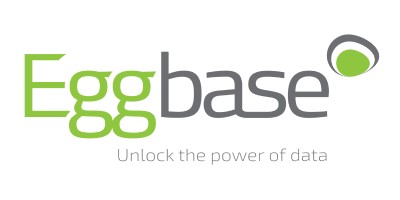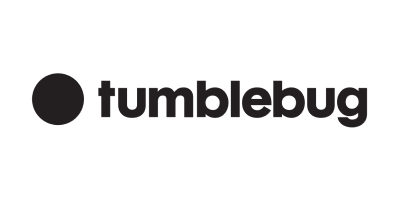
CIEL | Member Spotlight
Genetics | Reproduction | Behaviour | Nutritions | Health & Welfare | Productivity | Food Integrity | Environmental Impact
Tumblebug

There is no waste in nature. Organic matter… matters.
The dung beetle, an unsung hero of the natural world, is the inspiration behind the name of our featured Member – Tumblebug Ltd.
In 2021, the start-up company successfully applied for seed-funding from the Rothamsted Research SHAKE! Climate Programme to develop their technology solution that can transform a low value waste resource into a high value revenue stream that carries numerous environmental benefits
The Tumblebug
With over 6000 species worldwide and 60 species native to the UK, these incredible creatures deliver over £347 million of value to the cattle industry alone. Providing many invaluable services critical to farming productivity and our ecosystems, dung beetles, affectionately known as tumblebugs, fertilise the soil; improve the productivity of the land; create tunnels which improve rainwater infiltration; reduce the numbers of flies and parasites through speedy dung removal; support flood mitigation; increase carbon sequestration and reduce reliance on fertilisers.
The Solution
CIEL Member Tumblebug have developed a solution to enable farmers to recover the economic and environmental value in manure: put carbon back in the soil; claim carbon credits; minimise emissions from agriculture; reduce reliance on artificial fertilisers; and take farms, with heat and power demands such as poultry units, off grid.
Tumblebug’s technological solution takes a low value waste resource, presently land-spread on farm, and creates a new high-value resource and revenue potential.
Why it’s needed
Animal waste represents a valuable and important source of natural nutrient and organic matter for agricultural and horticultural purposes. However, traditional land-spreading causes soil, water, and air pollution. Land-spreading in nitrate vulnerable zones (NVZs), accounting for 55% of land in England, is prohibited for 6 – 9 months/year. Farmers face a mounting challenge for managing and storing livestock manure, particularly in areas which are predominantly pastoral.
With manure currently collated and stored either on-soil (field edge) or in uncovered bays, it is a source of greenhouse gas (GHG) emissions and run off. Collectively manure management within the UK agricultural sector releases 6.7GTCO2e/yr (Agri-climate report 2021; Defra).
Estimates indicate that the maximum technical potential GHG reduction from uptake of present mitigation methods relating to slurry and manure (increase store capacity to improve timing of applications; collecting effluent; liquid/solid separation; cover) is just 1.5MT CO2e/yr.
Government priorities are clear – UK agriculture accounts for 10% of the total GHG emissions. Whilst there is a clear drive to Net Zero, without new technological innovations, change in management practice can only have marginal gains (< 1.5 MT CO2e /yr.).
On-farm anaerobic digestion systems convert slurry into biogas and bio digestate. Although this processing creates an enriched slurry with higher nutrient bioavailability, the residual high water content limits application and storage remains a requirement. High cost (c£400,000 for 50kW) has prohibited uptake. On-farm membrane filtration separates slurry but has prohibited application (average electrical consumption: 27kWh/m3).
How the Tumblebug technology works
The Tumblebug System involves an organic waste drying and biochar system which rotates, heats, dewaters and captures volatilised Nitrogen (N) and converts it into a sterilised, weed- and seed- free, dry, odourless raw material. The energy efficient, load and leave machines, which have a capacity range (50kg – 5 tonne) to suit different sized livestock businesses, has relatively low-cost requirements – 10% that of other high technology approaches.
The resultant output can go straight into the Tumblebug pelletiser, combined with a partner venture’s biochar, to create carbon sequestering, organic fertiliser pellets, or it can be sold back to Tumblebug for incorporation into their horticultural range of peat-free growing mediums and pellets.
What this means for farming
Deploying a Tumblebug system to batch process manure or separated dairy solids on-farm eliminates point source emissions, provides an on-farm fertiliser solution and generates potential revenue streams and savings.
The technological solution takes a low value waste resource, presently land-spread on farm (approximate value £10/tonne – £35/tonne) and creates a new high-value revenue stream.
Tumblebug tackle organic ‘waste’ at all stages of the food production process including at the production, processing, retail and consumption stages.=
For food waste producers, Tumblebug’s drying machine supports the reduction of the impact of food waste by dewatering, sanitising and reducing the mass by up to 90%. The dry, stable output is ideal for composting or as a soil conditioner and has high biogas potential. The machine eliminates the need for weekly food waste collections and therefore removes the cost of waste collections.
CIEL Business Development Manager Dr Annie Williams is working with Tumblebug to help introduce the company to potential collaborators within the CIEL Network.
“This is really exciting technology solution for utilisation of waste, an area that CIEL is currently doing a lot of work in. It has been great to support Tumblebug in their innovation. The technology carries numerous benefits to support farming’s pathway to a more sustainable future. We’re really pleased to be supporting Tumblebug on their journey.” Dr Annie Williams, CIEL.
The people behind Tumblebug
The company was co-founded by Sylvie Verinder, with mixed dairy and arable farming influence from her 1970’s childhood, and alpaca breeder Drew Thomas. Sylvie’s 34-year career in the waste industry and in environmental chemistry led to the desire to help close the nutrient loop and contribute to the creation of the circular bioeconomy. Incorporated in 2020, Tumblebug is evolving to provide real solutions for manure management.
Visit www.tumblebug.co.uk for more information. If you recognise your business could benefit from the Tumblebug technology, please contact CIEL for an introduction.







